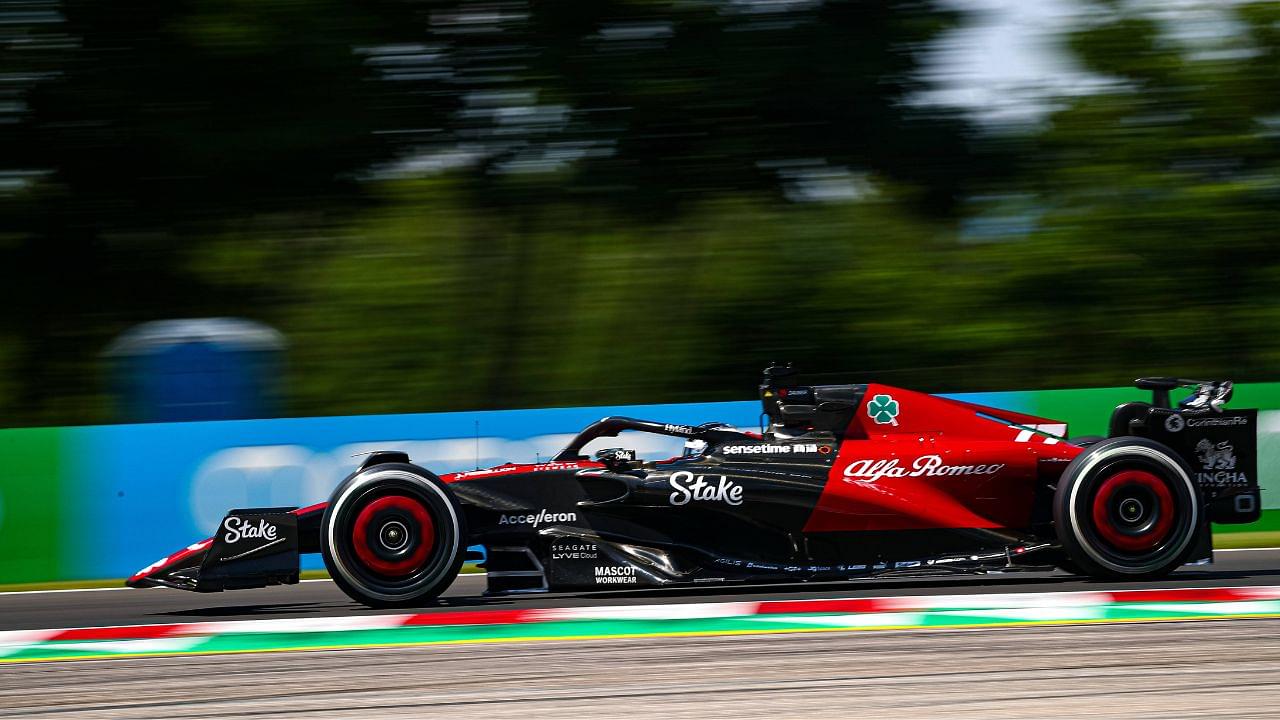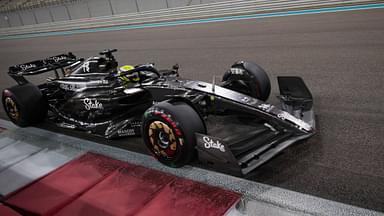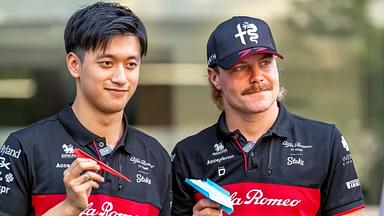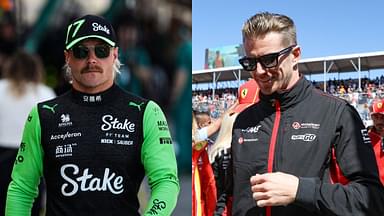Peter Sauber’s passion for car manufacturing drove him to establish the Sauber team (currently Alfa Romeo) in the late 1970s. His decision to dive into car manufacturing proved successful as the Sauber C5, driven by Herbert Muller, secured victory in the 1976 Interserie.
The team’s trajectory changed significantly with the acquisition of an engine deal from Mercedes Benz. However, the peak of this partnership came in 1989 with a triumph at the 24 Hours of Le Mans. This success paved the way for Sauber to make its entry into the competitive world of Formula 1.
Amidst great anticipation, Sauber entered the Formula 1 scene in 1993 at the South African Grand Prix. However, their initiation into the pinnacle of motorsport proved challenging. Their engine partner swiftly changed allegiance, opting for a long-term collaboration with McLaren. Consequently, they had to shift to Ford works units in 1995.
Despite this transition, the partnership proved fruitful, with the Hinwil-based team earning their first points that year. Driver Heinz Harald-Frentzen secured a third-place finish in Italy. Witnessing substantial growth, Sauber switched to Ferrari engines in 1997, marking a significant development for the team.
This prosperous collaboration endured until 2006 when BMW acquired Sauber, renaming it the BMW Sauber F1 team. This era witnessed success, notably with driver Robert Kubica winning the 2008 Canadian Grand Prix, propelling the team to unprecedented heights.
However, the global economic downturn prompted BMW’s withdrawal from the sport in 2009, returning the team to independent status. Despite visionary Peter Sauber’s return from retirement in 2010 to address financial challenges, the team eventually succumbed to a sale.
Longbow Finance, a Swiss investment company, acquired Sauber in 2016. However, the team continued using Ferrari engines, fostering a technical partnership that attracted Alfa Romeo sponsorship in 2018.
Nevertheless, while the Alfa Romeo-Sauber partnership thrived, recent announcements indicate the conclusion of the Italian manufacturer’s involvement. The team, now named ‘Stake F1 Team Kick Sauber,’ hints at further developments in 2024, with an official unveiling slated for January 1st.
How did the Sauber and Audi partnership develop?
The Alfa Romeo C43, aimed at providing improved performance to Sauber, fell short of expectations and consistently yielded poor results in 2023. However, even before this, an announcement indicated that the C43 would be the last Sauber bearing the Alfa Romeo name.
This strategic move was prompted by plans for the team to transition to Audi in 2026. Thus for 2024-25, the team will revert to its original name, continuing with Ferrari engines.
Interestingly, Alfa Romeo’s exit from F1 appears compelled by circumstances, driven by extensive efforts to introduce Audi to the sport. However, with Audi taking over from Alfa Romeo, it’s crucial to acknowledge the successful deal Alfa Romeo made with the Hinwil team in the first place.
In 2018 the Italian manufacturer transformed a straightforward sponsorship into badging the entire car with their name. This extensive Alfa deal raises questions about why Sauber allowed Alfa Romeo to badge the entire car.
The answer lies in mutual benefit: the Swiss team needed funds and offered the chassis name at a relatively lower price. Given Alfa’s status as a major brand, Sauber willingly embraced all badges, foreseeing the sponsorship benefits. However, a shift in events led to frustration among the Italian manufacturer’s group when Sauber’s plans came into being to join forces with Audi in 2026.
Amid this shift to the Audi era, the signs of the process have already been evident. Sauber appointed former McLaren boss Andreas Seidl as the team’s CEO, a decision influenced by his previous experience with the Volkswagen group. In summary, it’s crucial to recognize Sauber’s path characterized by resilience, innovation, and success, particularly evident in its unwavering dedication to nurturing emerging talent.







